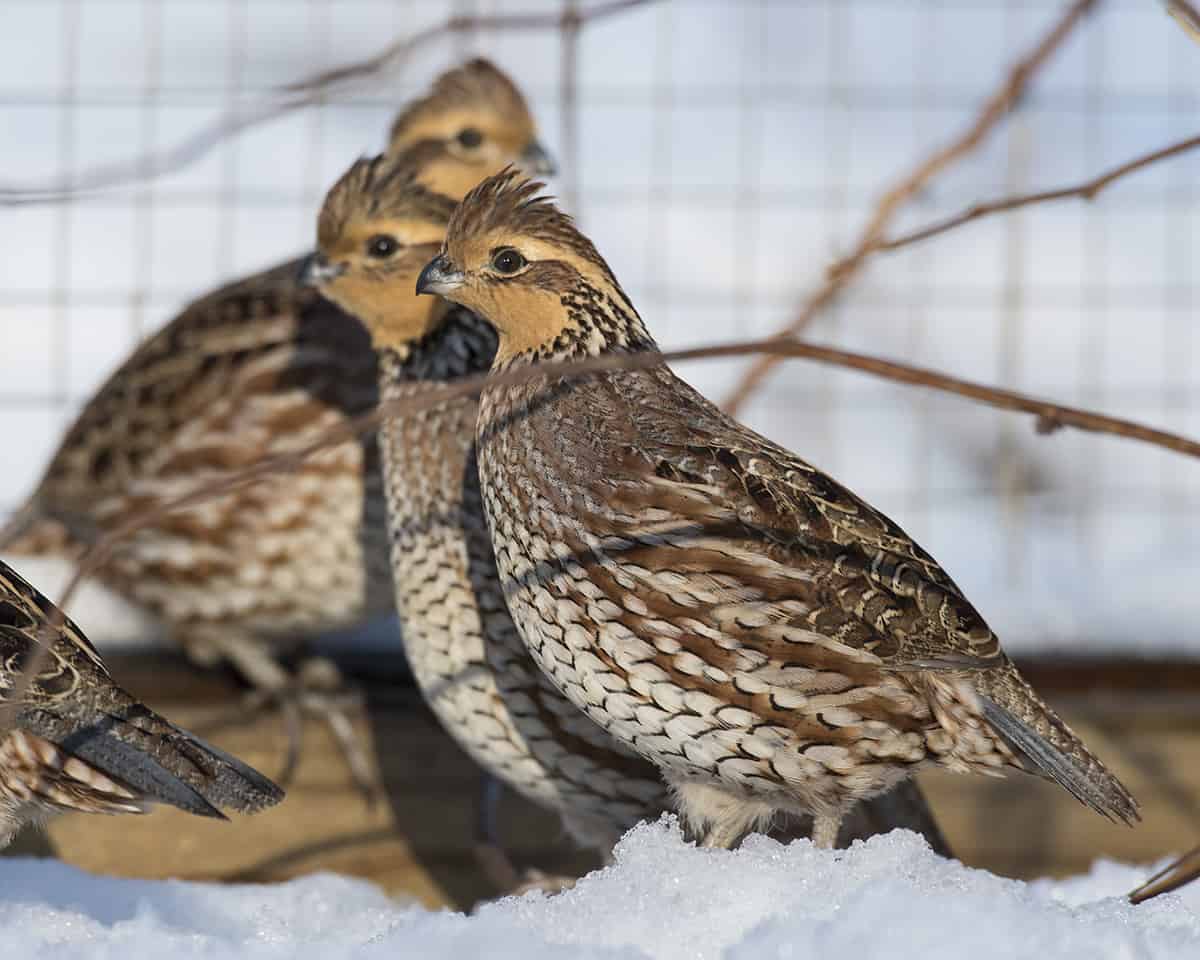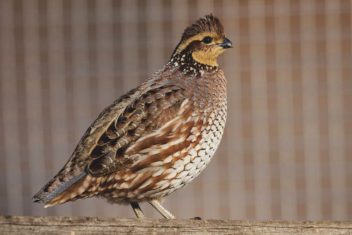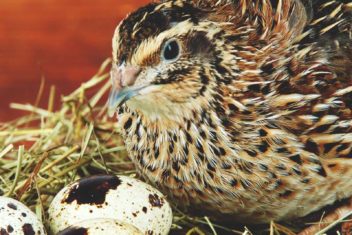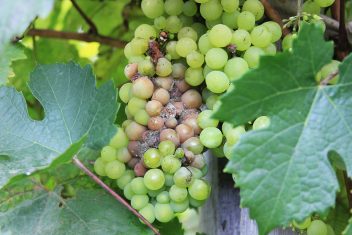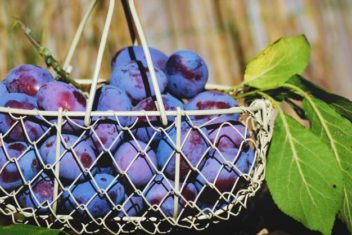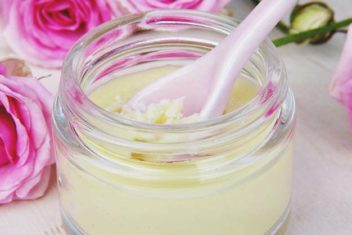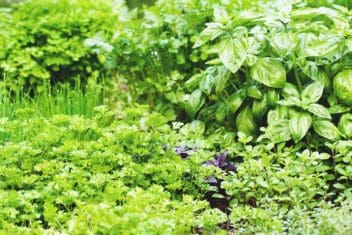More and more, backyard homesteaders are raising quail alongside their chickens and ducks. Their small size and delicious eggs make them appealing for homesteaders, no matter where they live.
If you want to add another animal to your homestead but think you’re running out of space, consider raising quail. It’s easier than raising chickens!
What Are Quail?
Quail belong to the pheasant family along with partridges. There are over 100 different quail breeds, but a majority are wild and live throughout the world. Only a few are commonly seen in backyards and raised by farmers.
A few popular breeds of quail for farmers include:
- Cortunix
- California Quail
- Northern Bobwhite Quail
5 Benefits of Raising Quail
Since these birds are small, people often wonder why you would want to raise quail. Chickens are the gateway to homesteading and farming, but quail are smaller and more manageable birds with many of the same features.
Don’t let their size stop you from raising them. Here are some of the benefits.
1. They’re Small
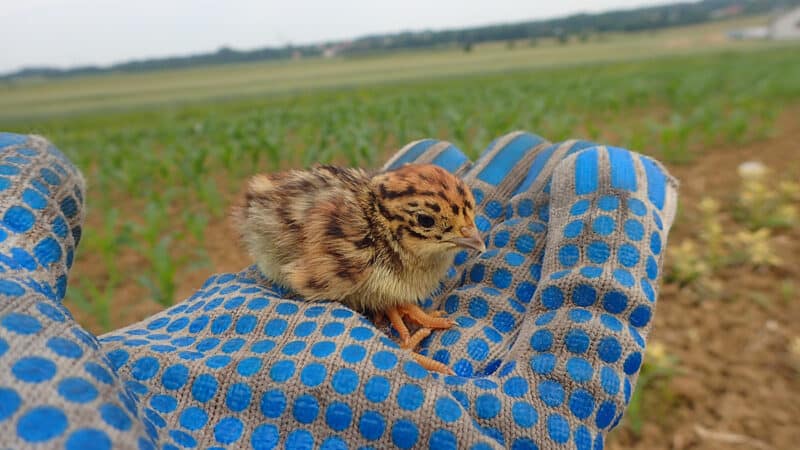
Quail are smaller than most bantam-sized chickens, which are tiny. Some might not think that their small size is a benefit, but for those who want to increase their self-sufficiency while living in the suburbs or urban areas, size matters.
Quail are great for urban and suburban homesteaders.
2. Quail Are Quiet
Another reason that quail are perfect for backyard homesteader is that quail are quiet. They make noise, but they sound more like birds rather than chickens. Even the males don’t make noises as loud as roosters.
3. They Grow Fast
Chickens don’t lay eggs until they’re four to seven months old, depending on their breed. Quail start to lay eggs when they’re only seven weeks old – that’s crazy.
That means you start getting fresh eggs way sooner than you will with chickens or ducks.
4. The Eggs Are Yummy
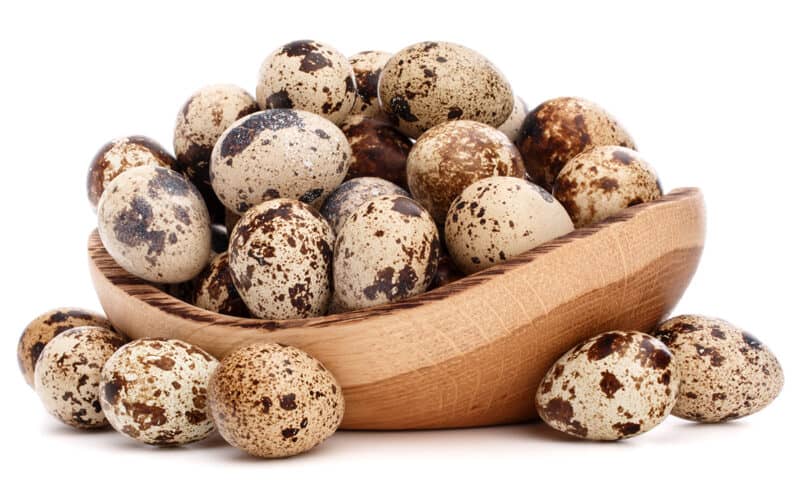
Quail eggs are delicious little nuggets. They might be small, so yes, you need to eat more, but they’re still yummy. The eggs are nutrient-dense and full of vitamins for your family to enjoy.
Quail are productive birds; they lay around 230-250 eggs per year.
5. Quail Are Great Meat Birds
Don’t let their size stop you from using these birds as meat. Since they grow so fast, quail make fantastic meat birds and reproduce quickly. Some top chefs pay a lot of money for quail meat, so you might sit on a gold mine!
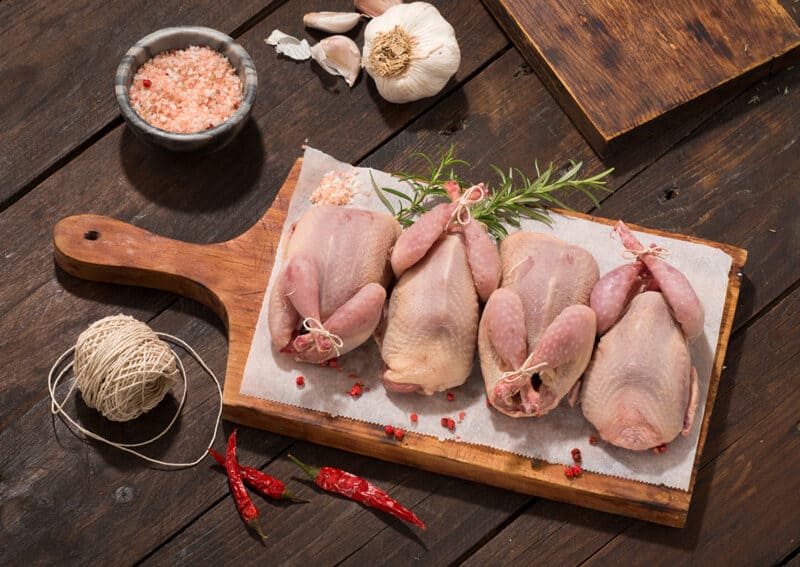
What About The Cons of Raising Quail?
All of these benefits sound amazing, but things always have negatives that you need to consider. Raising quail has some cons; here are a few.
1. They’re Messy
Quail poop a ton. They might be small, but their poop amount could make you think otherwise. You can compost their poop like you do chicken manure, but you need space to keep it. Quail generate tons of waste.
That means you need to change their bedding often. Changing bedding is frustrating because you need to put the quail into a temporary cage to stop them from escaping.
2. Not Tons of Meat
Butchering quail is pretty easy, especially for beginners, but let’s be honest – you don’t get a lot of meat. If you wanted quail to sustain your family, you would need to continually hatch more eggs and raise them.
That’s possible, but raising meat chicken birds are more practical.
3. Bad Attitudes
Quail are far from the nicest birds. Don’t expect to bond with them or for them to enjoy being with you.
Also, they can be vicious towards each other. They are downright cruel, and they take the pecking order seriously. If they draw blood, watch out! The entire flock will attack the injured quail.
What Do You Need for Raising Quail?
Before you dive into raising quail, make sure you understand what they need and how to keep these birds healthy. Here’s what you need to be successful.
Housing for Quail
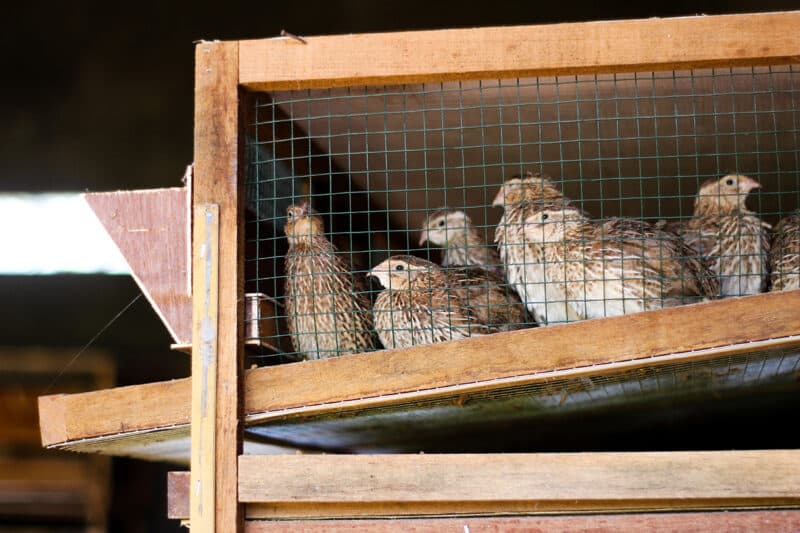
Quail can live in cages or coops; cages keep predators away from the quail, but if you can make a predator-proof coop, then a coop is the best way to go.
Surprisingly, one of the biggest problems that quail face is rats, so you need to make sure your quail housing is rat-free. You also have to provide plenty of ventilation because quail droppings produce a lot of ammonia.
Some quail owners prefer to use rabbit hatches. Depending on the design, a rabbit hutch holds up to six quail.
Make sure whatever housing option you select for quail provides one square foot of space per bird. They like to hide and play, so make sure they have space to move and enjoy their lives.
It’s Not Possible to Free-Range Quail
Backyard homesteaders love to free-range their chickens, but quail aren’t the same. They have numerous predators, including cats, hawks, and raccoons. They’re skittish by nature, and once they fly away, quail won’t come back.
Raising quail requires enclosed spaces. If you want your quail to free-range and have access to grass, consider using a mobile pen. Look at the designs used for chickens and model after that. Just make sure any predators cannot access your quail.
Add a flight pen or somewhere that your quail can fly upwards. However, be careful when you enter the coop; you don’t want them to escape.
Winter Protection
Quail need more protection than chickens during the winter months when the temperature approaches freezing. Some prefer to move their quail into cages in a garage or shed.
If they’re kept outside, they need to be in a sheltered position with extra inches of bedding to keep them off of the floor. The housing needs to protect them from becoming wet.
Boredom Busters
Quail tend to be bored in their enclosures, which might add to their vicious behavior. They need things to do, and since they cannot be let out to free-range, responsible quail owners need to give them things to do.
If you can provide your quail with runs, do so. There should be logs for them to climb onto and things to crawl under or through like a hollow log. Quail also need an area to take dust baths; they love to clean themselves.
Bedding for Quail
You have to put bedding down in their housing. A few choices are pine shavings, corn cob husks, and sawdust.
Quail are messy animals, so you need to change their bedding regularly.
Nesting Boxes
Quail start to lay eggs when they’re seven weeks old, so you need nesting boxes sooner than you would with chickens. Make sure you provide them, even though quail don’t always use them like they should.
What to Feed Quail
Quail need feeders and waterers, just like chickens, but they are different. Buy quail feeders; they have smaller openings that prevent these birds from making huge messes when they eat.
It’s best to provide your quail with automatic or nipple waterers. Quail easily drown in traditional drinking founts for chickens.
If you want to use a waterer, make sure it’s elevated off of the ground, and add pebbles at the bottom. Keeping the waterer off of the ground also prevents the quail from kicking dirt into the water.
Quail are easy to feed, and they eat anything. They love to eat seeds, grains, plants, worms, bugs, scraps, or whatever else you toss at them.
The one thing that you should know is that you shouldn’t feed quail chicken feed. Chicken feed isn’t meant for wild game birds.
Instead, buy game bird feed that includes the extra protein that they need.
Like chicken feed, game bird feed is sold in crumbles, mash, and pellets. This feed is meant for a range of game birds, not just quail. You can buy starter and adult food.
Quail prefer crumbles; mash creates a huge mess, and these birds are already messy to begin. Pellets are too big, so go for the crumbles.
Can You Raise Quail With Chickens?
Most people who raise quail already have chickens, so you might wonder if you can raise the two together.
You can have chickens and quail in the same area or backyard, but chickens cannot live in the same coop or pen as quail. Chickens are considerably larger than quail, so it compromises their safety.
Also, chickens can safely free-range, but quail are unable to do so.
Raising quail is a new thing for many backyard homesteaders. If you want to raise chickens but lack space or need a new adventure towards self-sufficiency, give quail a try. These little birds add a lot to a homestead.
